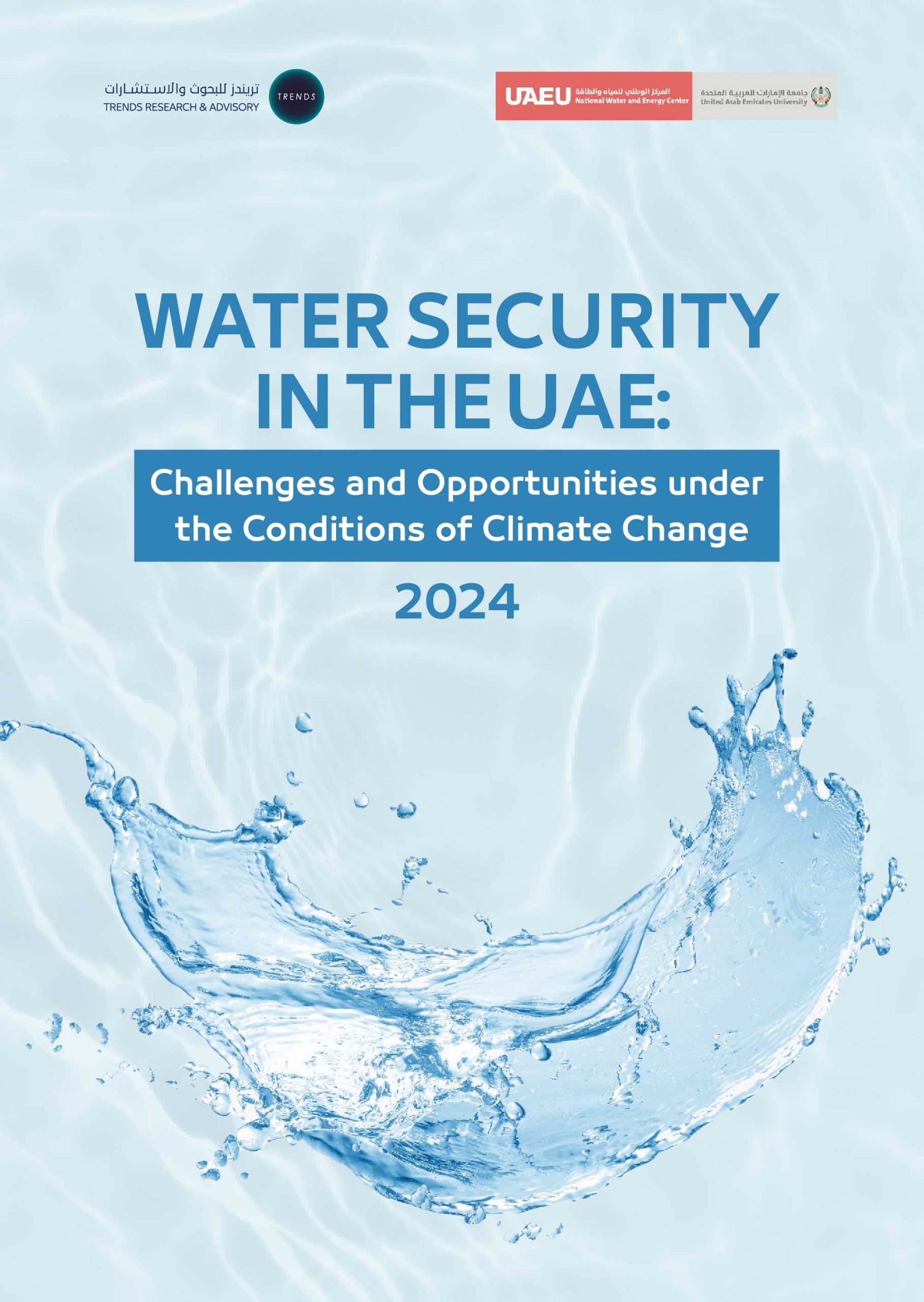The primary challenge for the water resources community is to implement appropriate and timely measures adaptable to a constantly changing environment. Climate change will affect freshwater availability and, in the long term, endanger water security. Increased climate variability will result in greater water variability. Freshwater use has increased rapidly, particularly in the United Arab Emirates (UAE), where reliance on fossil groundwater resources is high. Long droughts and low precipitation rates significantly contribute to the nation’s serious problems in ensuring agricultural water supply. Water storage requires constructing many recharge dams, but expansion in dam-based impoundment has been leveling off since the 1990s (Chao et al., 2008).
Population growth, GDP growth, and increased irrigation in desert regions have led to rising fossil groundwater withdrawal for irrigation since the 1960s. Water problems were identified as the biggest global risk in 2015 by the World Economic Forum. The main causes of water scarcity in the UAE are population growth, rising living standards, and an increase in irrigated agriculture. In this arid region, water stress/scarcity poses a serious danger to sustainable development. Globally, four billion people experience acute water scarcity for at least one month of the year (Mekonnen & Hoekstra, 2016).
Water security is becoming increasingly significant in how countries manage their water resources (ESCAP, 2013; GWP, 2000b; Waughray, 2011). The definition of water security has evolved over time. In the 1990s and early 2000s, it primarily referred to particular human security issues or broad visions (Cook & Bakker, 2012). More recently, it has been used to state precise objectives for improved water resources management (Van Ginkel, 2018). Water security encompasses all aspects of water availability, reliability, access, equity, affordability, and environmental sustainability (ADB, 2016). The UN’s Sustainable Development Goals 2030 include SDG 6 to “ensure availability and sustainable management of water and sanitation for all” (Cook & Bakker, 2012).




